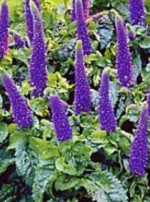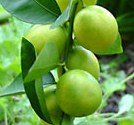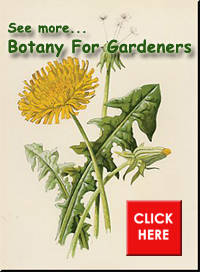

Plant breeder create hybrids by crossing two different kinds of plants with different characteristics in the hope of producing a new plant with desirable characteristics. The first step is to develop parent plants with desirable traits that always breed “true”, that is like themselves. For example, one parent is a plant with red flowers; a 2nd parent might be a plant with white flowers.

The plant breeders then find that the result of breeding these two different colored plants is plants with pink flowers. These pink flowered plants are called the F1 generation (the F stands for filial, meaning offspring). If seeds from the F1s are planted they will not produce all pink flowered. They will probably produce some pink but also white and red ones. This means that when you have a plant marked “hybrid” you can not expect to get more of the same plants by collecting and growing the seeds next year. You may get some plants showing the desirable traits but sometimes you will get no plants showing them. It all depends on the kind of plant and the traits you are interested in.
 All this plant breeding to produce hybrids cost money so, of course, if you want to grow hybrids plan on spending more for the seed or seedlings. If the hybrid is disease resistant, produces more fruit, or can suffer through a long hot summer the extra cost may be absorbed by having to buy less plants. On the other hand, if the hybrid has larger and more colorful flowers, better flavor or texture, you might just want to enjoy it and not worry about the cost.
All this plant breeding to produce hybrids cost money so, of course, if you want to grow hybrids plan on spending more for the seed or seedlings. If the hybrid is disease resistant, produces more fruit, or can suffer through a long hot summer the extra cost may be absorbed by having to buy less plants. On the other hand, if the hybrid has larger and more colorful flowers, better flavor or texture, you might just want to enjoy it and not worry about the cost.